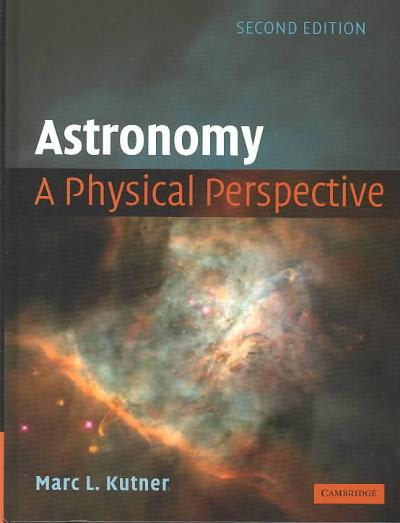Question
Electrons are fermions, but may occupy the same spatial state if they have different spin states: Each electron possesses an intrinsic angular momentum which is
Electrons are fermions, but may occupy the same spatial state if they have different spin states: Each electron possesses an intrinsic angular momentum which is called its spin. When we measure the spin projected along an axis (say, the z-axis), we obtain either +/2 or /2. The wavefunction for an electron in a one-dimensional potential is fully characterized by the spatial wavefunction and the spin projection. The Pauli exclusion principle then allows two electrons to occupy the same spatial state since they can assume two different spin projections - the two electrons have different overall states, since their spin components alone are orthogonal. A large number N of electrons is to be accommodated in a d-dimensional potential well of width a with infinitely high walls.
Answer the following questions first for d = 1, and then for d = 3 (assuming all sides of the well have the same side length a - so that in 3D, the electrons sit in a cube of width a). Use the fact that N is large to appropriately approximate when obtaining your answers.
(a) What is the minimum total energy of all electrons? (b) For the minimum total energy, what is the highest energy an electron assumes? Express it in terms of the ground state energy. (c) How does this compare to the situation in which the potential is occupied by N bosons?
Step by Step Solution
There are 3 Steps involved in it
Step: 1

Get Instant Access to Expert-Tailored Solutions
See step-by-step solutions with expert insights and AI powered tools for academic success
Step: 2

Step: 3

Ace Your Homework with AI
Get the answers you need in no time with our AI-driven, step-by-step assistance
Get Started


